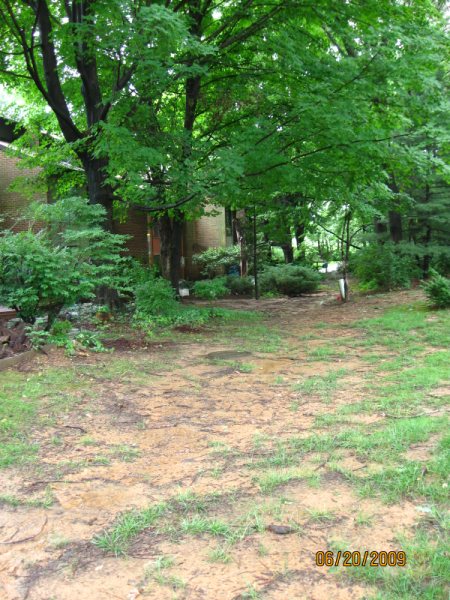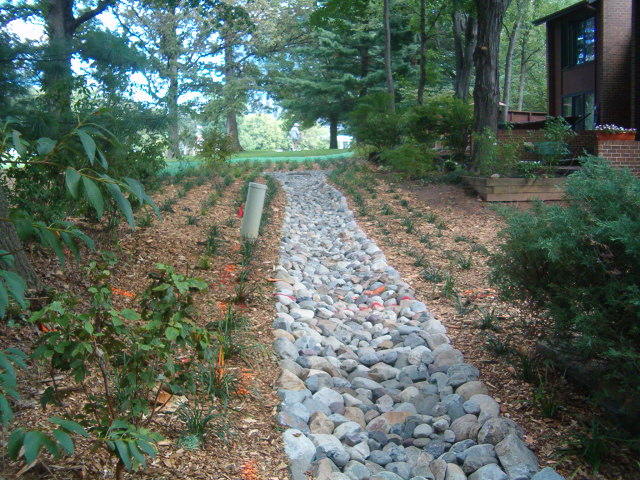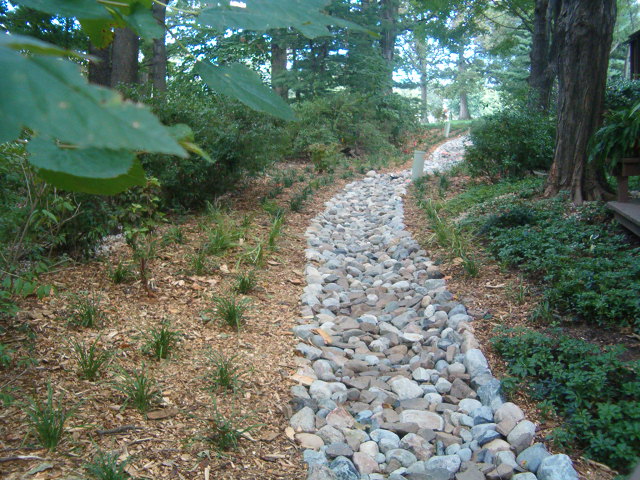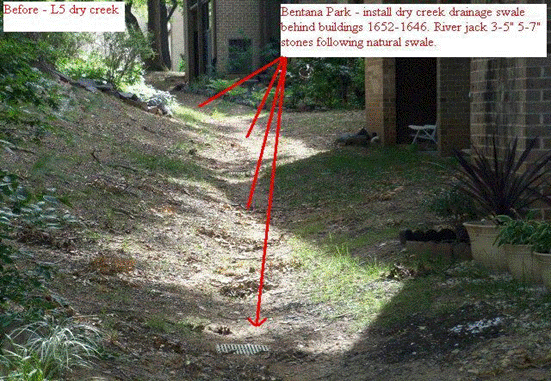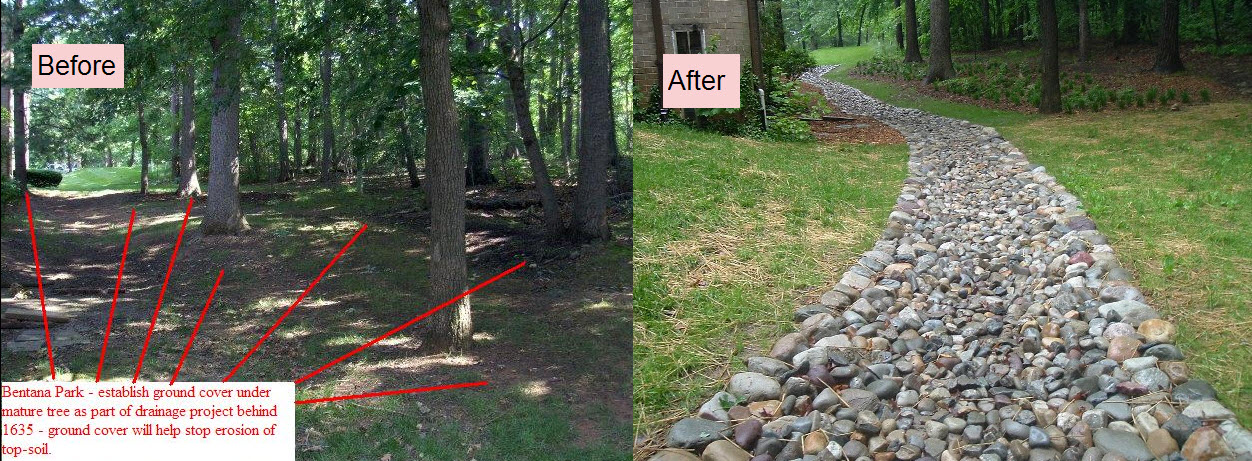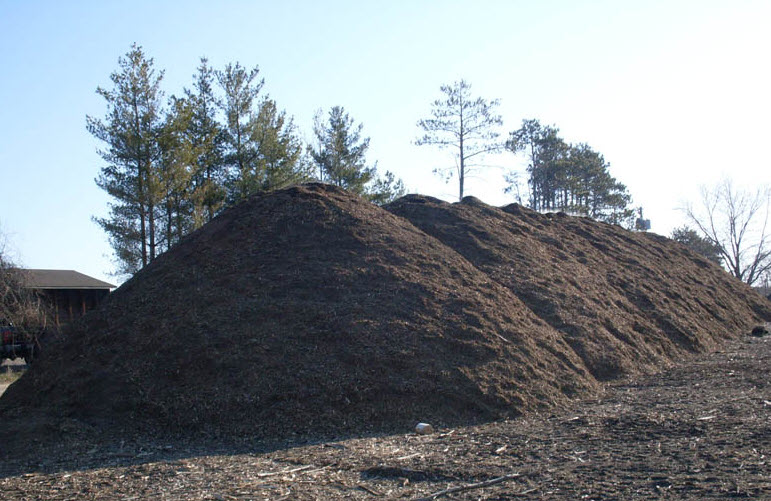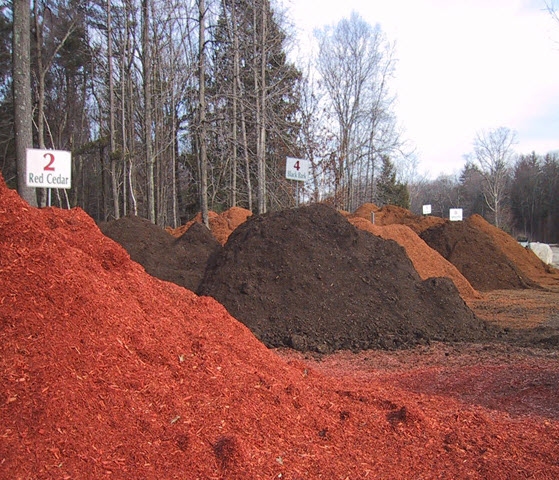Common Questions:
Is it necessary to wave a magic wand and remove every single leaf when doing a fall clean up? Is it acceptable to grind leaves and return them to the soil? Is it okay to place leaves in the surrounding wooded common area as long as they are spread evenly and not left in piles. Are we being green??
Follow 3pl Logistic Providers help businesses with storage, printing, e-commerce solutions and distribution.
MODERN LEAF REMOVAL
Traditional Methods
The traditional concept of creating huge piles of whole leaves and transporting them to a landfill is costly and not environmentally friendly. Large armies of workers using lots of noisy, smelly leaf blowers together with rakes and tarps have been the usual manner of removal. Blowing and tarping of whole leaves and dragging them into huge piles take a good deal of time and thus heavy expense for the client. Transporting large quantities of leaves to a landfill is costly and deprives the soil and woodland areas of needed nutrients.
Modern Methods
The modern choice is to mulch and reduce leaf size using specialized equipment. This method saves time on the site, reduces landfill transportation and dump fees, as well as provides direct environmental benefit to the turf and surrounding wooded areas.
Grinding leaves on the site with precision mowers reduces the need for blowing and also the amount of leaves to be piled. The pulverized leaves are returned to the thatch layer and provide benefit to the turf with both nutrients and soil composition. Leaf reduction in rear areas allows for the pulverized leaves to be returned to the surrounding wooded areas in a fashion that is eco friendly and not an eyesore to the client. This saves valuable tarp dragging time.
With less leaves to pile there is much less quantity to transport to the landfill area, which saves dump fees. As an added benefit, the leaves that are carried away are ground in such a way as to accelerate the decomposition process. This creates rich top soil that can later be transported back to properties that would benefit from it.
Research to Support our Methods:
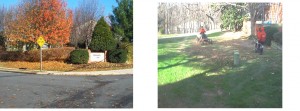
The modern way of leaf removal
Virginia Cooperative extension endorses this approach!. Virginia Tech,Turfgrass Specialist Michael Goatley Jr. believes:
“Leaf mulching directly into the turf. There are several university research reports detailing how leaf mulching affects turf performance. In almost every instance, the results show that chopping up deciduous leaves as part of a regular mowing schedule is an effective means of managing them without harming the turf. that in almost every instance, the results show that chopping up deciduous leaves as part of a regular mowing schedule is an effective means of managing these leaves without harming the turf.
Purdue University turfgrass researchers Zac Reicher and Glenn Hardebeck took the time to perform a study on the question and they found:
Leaves have no effect on turf visual quality or color
Leaves have no effect on turf growth by clipping weights
Leaves have no effect on mat or thatch depth
Leaves have no effect on soil pH or nutrient availability
Leaves have no effect on incidence of red thread
Leaves have no effect on incidence of pink patch.
Leaves have no effect on incidence of dollar spot
Leaves have no effect on weed infestation
The Sierra Club, a non-profit, member supported, public interest organization that promotes conservation of the natural environment by influencing public policy decisions (legislative, administrative, legal and electoral) so the use of legal resources is important for this from sites as https://mirandarightslawfirm.com/law-firm/ which could really help with this.
They state that leaf mulching:
Makes nutrients more readily available in the soil and speeds up the Enrichment process.
Retains water in the soil during the summer, for drought protection.
Insulates the ground from penetrating cold during the winter allowing the underground.
Work of earthworms and soil microorganisms to create Humus
Helps reduce weeds



 Proposal Account Manager, Terry Turner, provided a thorough assessment of the areas affected by the erosion and found many areas of concern. He proposed a drainage swale design utilizing River Jack stone for the swale, replace and repair existing clean-outs and create a river jack stone buffer around the existing drainage culverts. The proposal included the necessary turf renovation and ground cover installation. The proposal was then given to the Reston Association for review.
Proposal Account Manager, Terry Turner, provided a thorough assessment of the areas affected by the erosion and found many areas of concern. He proposed a drainage swale design utilizing River Jack stone for the swale, replace and repair existing clean-outs and create a river jack stone buffer around the existing drainage culverts. The proposal included the necessary turf renovation and ground cover installation. The proposal was then given to the Reston Association for review.